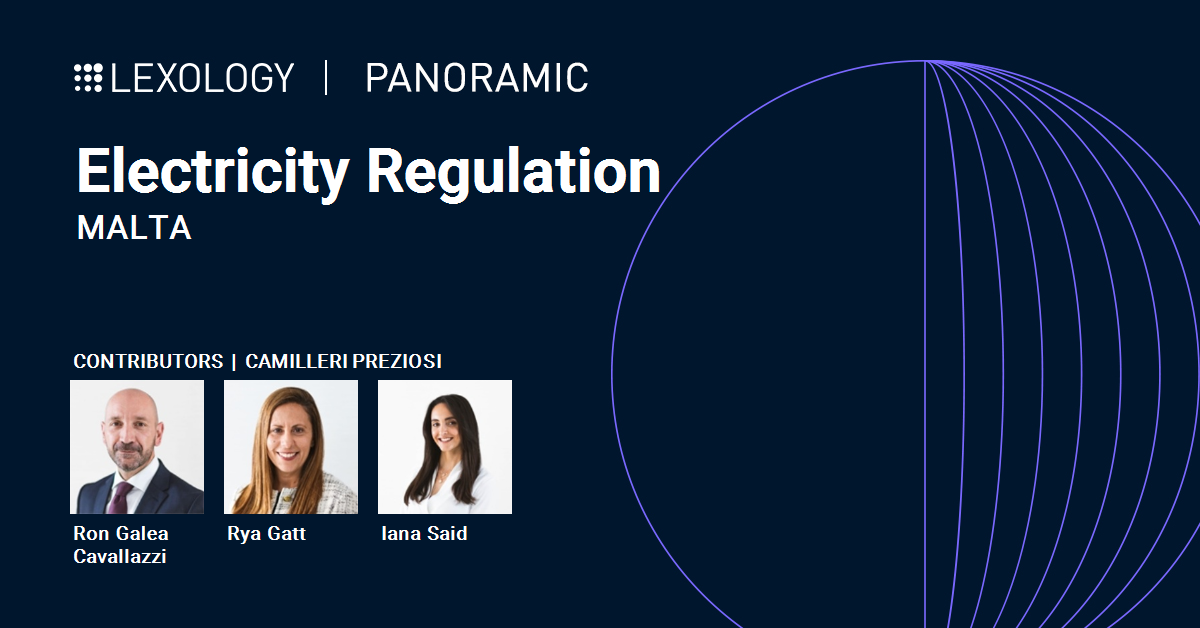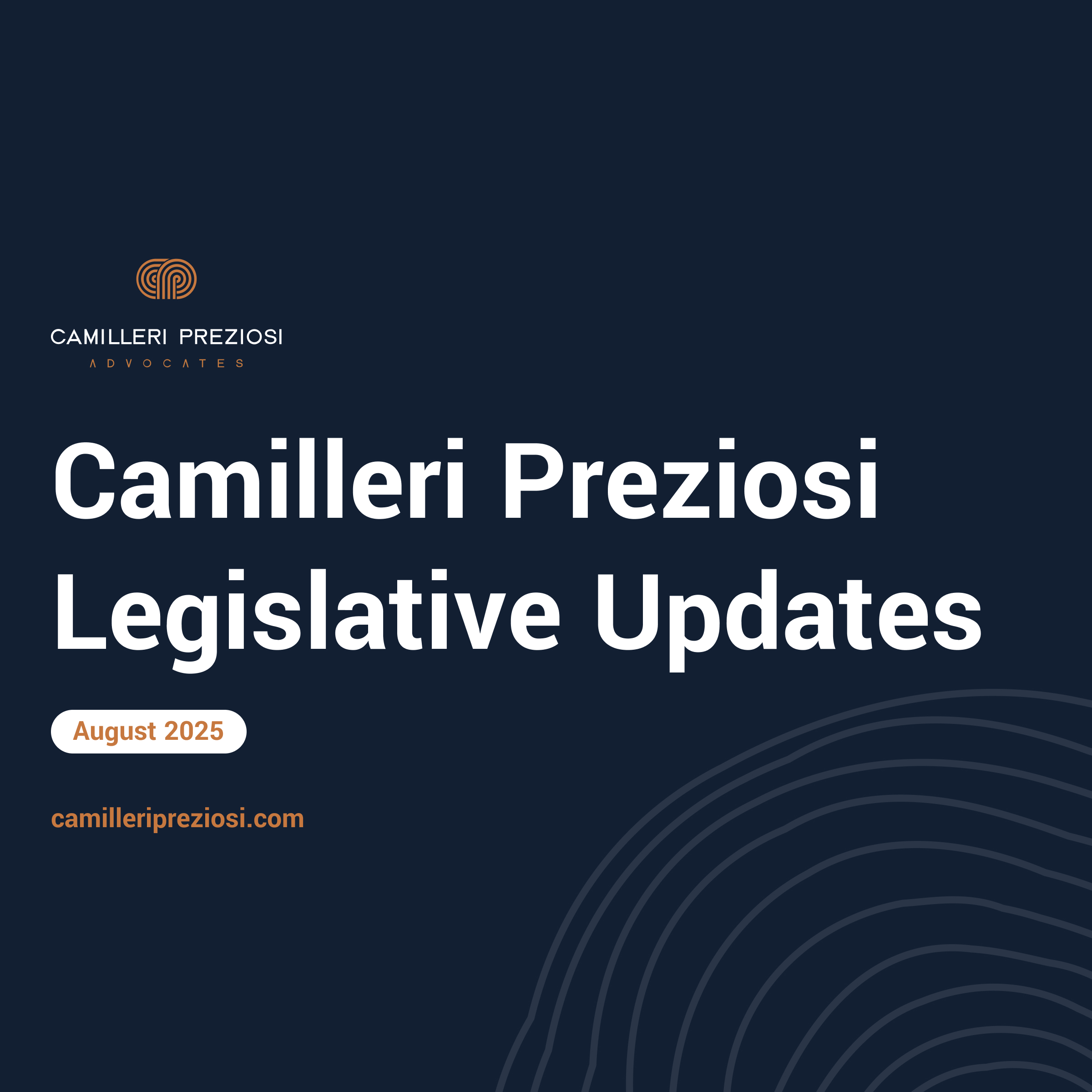Faced with the escalating impact of COVID-19 across the globe, Tedros Ghebreyesus, Director-General of the World Health Organisation, recently commented that “[w]e don’t know what the future holds, but we can shape the future together”[1]. The precautionary measures and calculated reactions we apply to this pandemic will be crucial in mitigating the public health and economic debilitation that it has the potential of inflicting.
The outbreak is having significant consequences on the global economy. Financial services have been materially affected too. The insurance sector, in particular, is having to navigate unprecedented market conditions , with insurers likely to be faced with a plethora of claims resulting from the effects of the pandemic and the restrictions imposed in most countries with a view to contain the spread.
This article considers the key areas of interest which insurers and their regulators are currently focussing on in the unstable and so far unpredictable environment we are experiencing.
1. Solvency and Capital risks
Most businesses are expected to suffer drops in revenues as a result of the adverse effects of the pandemic, which has been classified by economists as a “major example of a neglected risk[2]”, and the insurance industry is no exception. Insurers will predominantly suffer from movements in financial markets (including drops in equity value and bond yields) as well as loss of business value and related interruptions, that may affect profitability.
In light of the above, one main issue which insurers would potentially need to tackle in the foreseeable future is the readjustment of their technical provisions under the EU’s Solvency II Directive. Locally, this is especially so since the Malta Financial Services Authority (MFSA) expects undertakings to calculate their technical provisions in line with the information provided by the financial markets and data on underwriting risk which is generally available, in a prudent, reliable and objective manner, and the result of such calculations is to be equal to the sum of a best estimate and a risk margin.
Although recent stress tests carried out by the European Insurance and Occupational Pensions Authority (EIOPA) have shown that the sector is well capitalised and able to withhold severe but plausible shocks to the system, EIOPA has recently stressed the importance of balancing measures taken by insurers to preserve their capital position and the need (and, arguably, the duty) to protect the insured. Adopting prudent dividend and other distribution policies, including variable remuneration, are high on the agenda. Undertakings must also prepare for adjustments to their technical provisions by reassessing their best estimate and risk margin figures to reflect more closely the current economic climate and henceforth, “smooth the impact of market movements [and] support market functioning[3]”.
Further, EIOPA has also referred to the tools under the Solvency II framework that can be used to mitigate risk and impacts to the sector, which tools EIOPA and, it is expected, the MFSA, would be ready to implement, if and when necessary to ensure that policyholders remain protected and financial stability is safeguarded.
2. Business Continuity risks
Operational risks applicable to insurers encompass a variety of internal risks including, inter alia, the failure of IT and network systems, and of internal coordination within departments, and, more crucially, business continuity risks.
The COVID-19 pandemic seems to have increased the potential of these risks materialising, placing internal systems and co-ordination mechanisms to the test – remote working requires well-organised co-ordination of resources as well as robust internal systems and controls, which has been identified as a core matter of concern by regulators. The MFSA has specifically reached out to undertakings for information on contingency plans and policy terms and conditions, so as to allow the authority to continually and closely monitor related developments and market responses to the spread of COVID-19. The MFSA expects continuity and regularity of activities to be the main focus point for undertakings, supported by the development of regularly reviewed and tested contingency plans. Moreover, regulatory obligations are to be continually met, and policyholders properly serviced, with the predominant aim of service continuity, with the least interruptions possible.
The UK’s Financial Conduct Authority (FCA) has also called out to regulated entities to review current arrangements in response to the evolving situation, manage the risks which the pandemic poses to employees, customers and the market in which they function, take reasonable steps to ensure preparedness for the challenges which the entity could face particularly vis-a-via business continuity plans, and maintain the same quality standards of service.
In an effort to offer operational relief in reaction to COVID-19 and enable insurers to maintain their services to their clients amidst the implementation of their business continuity plans, EIOPA encouraged national competent authorities to be flexible with respect to the timing of supervisory reporting and public disclosure regarding year ended 31 December, 2019. On its part, EIOPA has pledged to limit requests for information and restrict industry-wide consultations to the essential elements needed to assess and monitor the impact of the current situation in the market. Furthermore, in line with other European authorities, EIOPA has announced that it shall be extending the deadline for delivery of the Holistic Impact Assessment for the 2020 Solvency II Review by two months, to 1 June 2020. EIOPA is also expected to communicate details on postponing additional reporting and information requirements in the coming days.
3. Interpretational risks
Insurers are bracing themselves for a significant influx of claims which may burden efforts to meet consumer demand. This is especially so where matters of interpretation of policies come to the fore, for instance in cases where it is unclear whether policies cover damage attributable to ‘force majeure’, or whether damages resulting from COVID-19 (or measures adopted in response thereto) fall within the definition of ‘force majeure’. To this effect, the MFSA has requested insurers to provide information on the approach they intend to take with respect to their interpretation of policies, in light of claims arising as a result of COVID-19, as well as the rationale behind their interpretation.
Within this same vein, bearing in mind the MFSA’s overarching aim to safeguard policyholder protection and market integrity, undertakings must assess the impact which their interpretation may have in practise on both policies taken out prior to the outbreak and also on new policies, and inform the MFSA of product restrictions which undertakings intend to apply.
All in all, the assessment of the effects of COVID-19 on the insurance industry remains fluid, due to be revisited on an on-going basis owing to the volatility and uncertainty which the pandemic it is causing. It is however crucial that insurers devise effective analysis and response strategies which do not downplay or cover-up any red flags in order to avoid short-term economic and financial distress. Inaction or inadequate action will, in the long-term, undermine trust, and cause additional significant concerns to the sector at large which will leave their mark even when, it is hoped, the pandemic is contained and a sense of normality is resumed.
For further information, please do not hesitate to get in touch by contacting Malcolm Falzon (malcolm.falzon@camilleripreziosi.com) or Diane Bugeja (diane.bugeja@camilleripreziosi.com).
[1] <https://www.zurich.com/en/knowledge/topics/global-risks/covid-19-the-interconnected-consequences> accessed on 18 03 2020.
[2] Stefano Ramelli and Alexander F. Wagner, ‘Feverish Stock Price Reactions to COVID-19’, Swiss Finance Institute, Research Paper Series No. 20-12, 2020.










